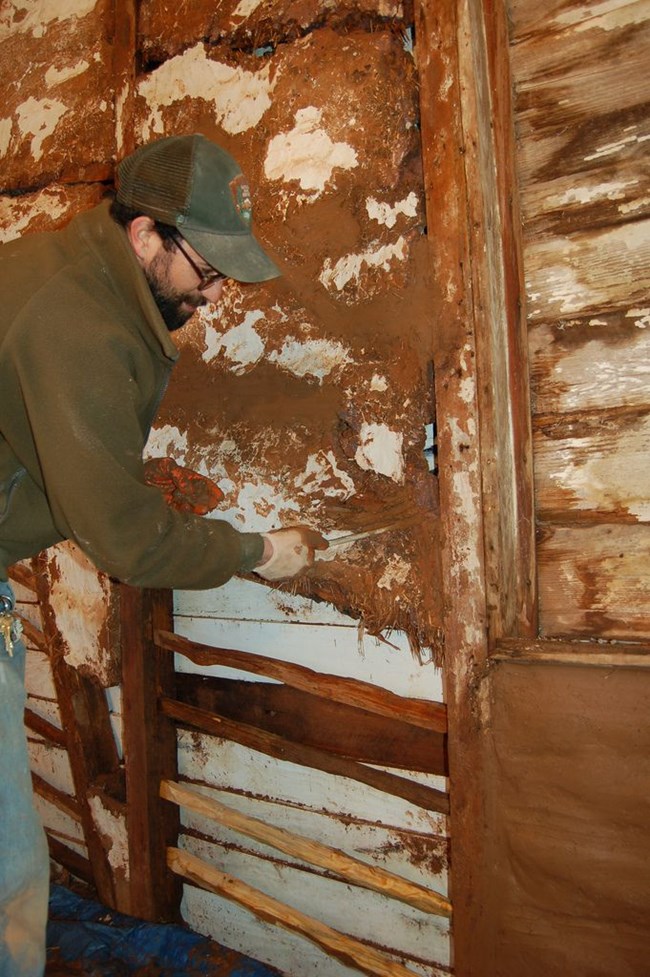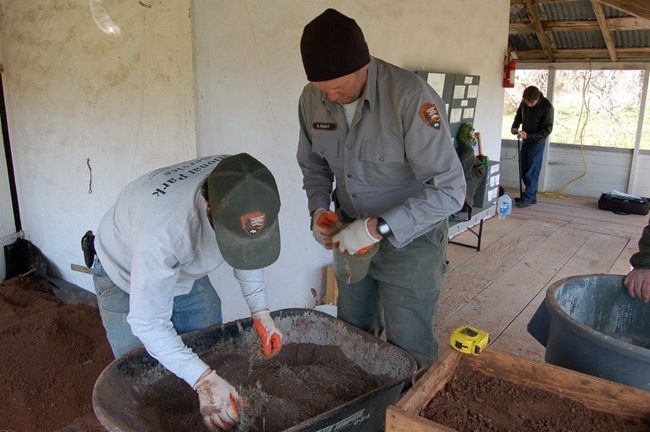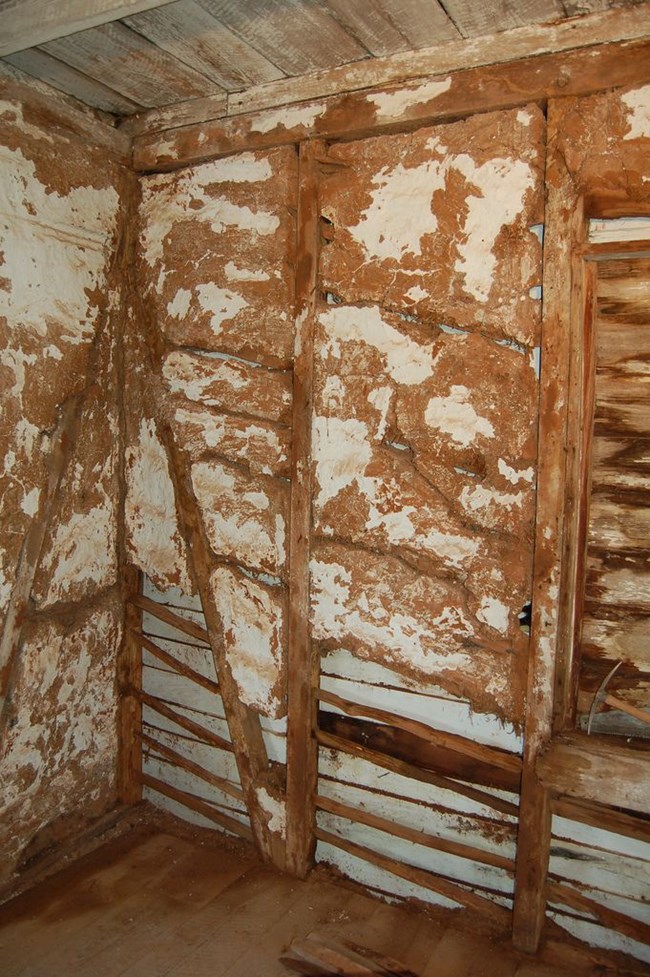Last updated: April 7, 2025
Article
Podcast 019: The Role of HTPC in the National Park Service

National Park Service
What is the Historic Preservation Training Center (HPTC)?
Jason Church: Well Moss, the first question I have for you is what is the Historic Preservation Training Center?
Moss Rudley: The Historic Preservation Training Center is a division of the National Parks Service, part of the learning development portion of the National Parks Service.
And we train maintenance workers, preservation specialists, facility managers in the proper way to deal with historic structures from the variety of different stand points.
One, being craft training, teaching crafts people, maintenance workers within parks how to do their job properly working on historic structures.
Two, is to train park managers on how to properly manage the historic resources within their park, how to issue contracts that have specifications in them that are relevant to historic structures.
Finally, the other way is actually doing project management, overseeing construction projects dealing with historic properties within the National Parks Service.
You do on-site work and train staff?
Jason Church: So not only do you the training for people, but you also do the actual work on the sites.
Moss Rudley: Yes and our main avenue for training is through day labor preservation projects. We have permanent crews that bring trainees into their crew and train them via preservation projects that we take on all over the country.

National Park Service
HPTC Divisions: Masonry, Woodcraft, and Carpentry
Jason Church: I know that your crew specializes in historic masonry. Does HPTC only do masonry or do they have other divisions?
Moss Rudley: No we have three other divisions besides our masonry division. We have a woodcraft division, and their specialty is historic windows, doors, and architectural wood elements within historic structures. They do take on some other projects such as roof repairs, but all on a limited scale. Our other division is the carpentry division. Their specialty is timber frame structures, log structures, slate roofs, wood- shingle roofs, kind of more on the heavy carpentry, and where the wood crafting division is more on the finish carpentry angle.
HPTC: One-Stop-Shop for Historic Preservation
Jason Church: Wow, you guys are like a one stop shop for preservation.
Moss Rudley: Pretty much, yes.
Jason Church: I know you do a lot with the Park Service and you’re in the National Park Service. Could the curator of a historic state structure or a non-profit organization contract HPTC for training or just to do the hands on work?
Moss Rudley: Yes, they could. HPTC is not a base funded operation through Congress, so all of our operations are funded through our projects, and our mandate allows us to take on projects for not only the National Projects but other Federal agencies, non-profits, state, local and all the way down to even city governments. As long it’s a government entity or a non-profit, we can do the work and provide training for them.
Non-profit or state government contracting with HPTC
Jason Church: Wow. How would they go about doing this, say a non-profit or state organization?
Moss Rudley: They would likely look at our website, find one of our supervisors, exhibit specialists, or our superintendent, contact them with either their request for a training event or their request for a site visit to look at a project. We get a lot of calls from different entities just looking for guidance on a, where to find contractors, what type of specifications, materials, to use so in a way we’re kind of, being able to provide assistance on that end of business.
Oakland Plantation
Jason Church: Okay, good. I didn’t know you provided so many services. So we’re here in Natchitoches today out in Oakland Plantation. What brings your crew here to Natchitoches?
Moss Rudley: We were contacted by Cane River Creole National Historic Park about the possibility of us doing some bousillage and lime wash repairs. They had, apparently, put this out to contract. The contractor that was awarded the bid, once he came to look at the project, the park felt that he was incompetent to do the work. While he was awarded the bid, afterwards they felt that he would damage their structure so in looking to expand their funds within the time requirements, they contacted us. We made a site visit about a month ago, and then we took on the project.

National Park Service
What is bousillage?
Jason Church: Now you say you are here doing bousillage. What is that?
Moss Rudley: Bousillage is an earthen construction, which is native here to Louisiana. It is a loamy soil that is mixed with lime, Spanish moss, sometimes hay as a binder and is in-filled between wooden members of the structures here as insulation, and also, in most cases, wall coverings. It was limed-washed over.
Jason Church: Okay, so it’s very similar to waddle and daub in other areas.
Similar to Waddle and Daub
Moss Rudley: Exactly. Waddle and daub, knogging, that are in various areas, it’s very similar, even to dobbing on log cabins. It’s a very similar process just kind of the local materials are slightly different.
Bousillage: Cure a month and limewash
Jason Church: Okay. Are you going to finish your work here or are you traveling back to do more work later?
Moss Rudley: We are doing the bousillage repairs this week. We need to allow enough time to cure, approximately a month at which time we’re going to return to do the lime-wash portion of this project.
Read other Preservation Technology Podcast articles or learn more about the National Center for Preservation Technology and Training.
